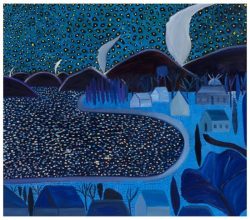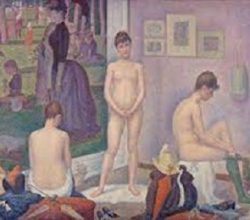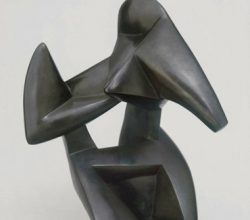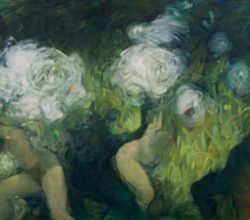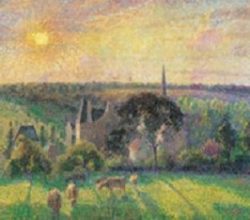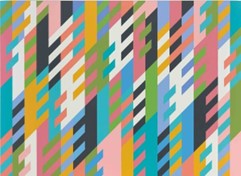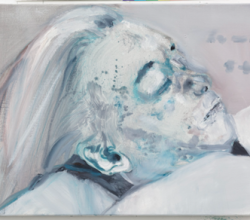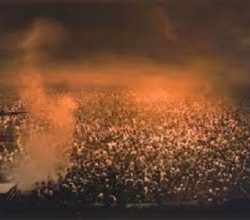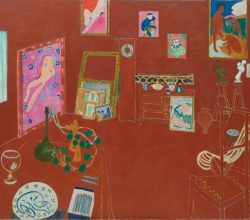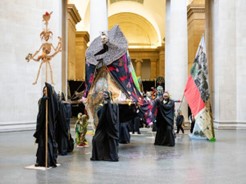
Bringing The Procession to life
Joel Campbell | The Voice | 4th April 2022
London’s Tate – founded on a Caribbean sugar fortune – must have seen this coming when awarding its annual installation commission to Locke, an artist of Caribbean heritage. Locke’s vast, “extraordinary” work contains over 100 cardboard and fabric figures, arranged in a flamboyant procession. A more careful look reveals colonialist icons and symbols everywhere, giving the colourful work a slightly sinister edge. “It’s about history, but it’s about sugar, you’re dealing with Tate, you have to deal with that.”

